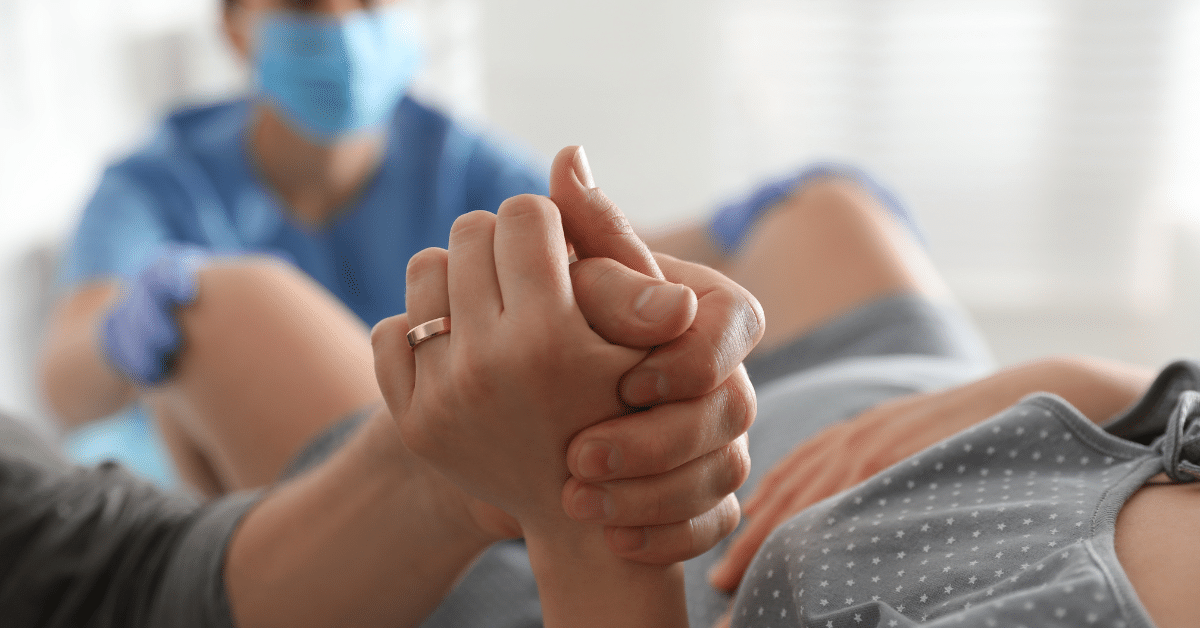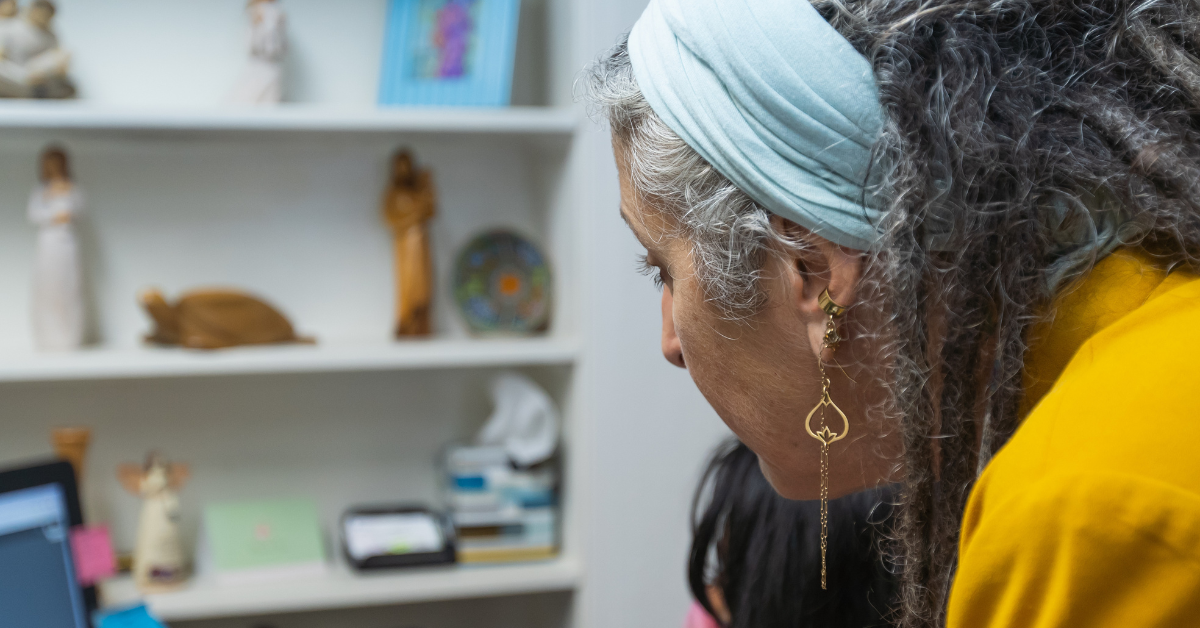Expectant parents can never truly understand the full scope of childbirth until they experience it firsthand. Reading up on what to expect during pregnancy can be helpful, however, nothing compares to opening your arms and embracing a newborn’s arrival! Becoming a mother is an incomparable journey, one that brings with it incredible physical and emotional changes. Witnessing the miracle of life firsthand is an unforgettable encounter – filling you with pride, love, and awe!
Although giving birth is a beautiful moment, childbirth can also come with its fair share of challenges. Having a child comes with physical and emotional changes that can last well beyond delivery. Thus, there are many factors to consider when preparing for your own delivery. This includes tests to take prior to labor and how to handle intense contractions, to postpartum care after the big day has arrived and gone.
All this information can be overwhelming at times and the process daunting – but don’t worry; We’re here to provide you guidance through it all. Let’s break down what happens before, during, and after childbirth so that you feel fully prepared for every step along your journey into motherhood!
Understanding Vaginal Tearing During Childbirth
Vaginal tearing occurs when the vagina stretches beyond its limits during childbirth. It is a common occurrence among women who give birth vaginally, and it can happen to first-time mothers or those who have given birth before. The severity of vaginal tearing can vary from minor tears that heal on their own to severe tears that require medical attention.
There are different types of vaginal tears, including first-degree, second-degree, third-degree, and fourth-degree tears. First-degree tears are the most common and involve only the vaginal skin. Second-degree tears involve the vaginal skin and the underlying muscle. Third-degree tears involve the vaginal skin, muscle, and anal sphincter. Fourth-degree tears are the most severe and involve the vaginal skin, muscle, anal sphincter, and rectal lining.
Symptoms of Vaginal Tearing
The symptoms of vaginal tearing can vary depending on the severity of the tear. Some common symptoms include pain, swelling, and difficulty urinating or defecating. You may also experience bleeding, discomfort during intercourse, and incontinence. It is important to note that not all tears cause symptoms immediately, and some may only become apparent days or even weeks after childbirth.
The Healing Process for Vaginal Tears
The healing process for vaginal tears can take several weeks to several months, depending on the severity of the tear. First-degree tears usually heal on their own within a few days, while second-degree tears may take a few weeks to heal. Third-degree and fourth-degree tears require medical attention and may take several months to heal completely.
During the healing process, it is important to take care of yourself and allow your body to rest. Avoid strenuous activities and heavy lifting, and take your prescribed pain medication as directed. You may also find relief from using ice packs or warm compresses on the affected area.
Coping with Postpartum Pain
Postpartum pain is common after childbirth, especially if you have experienced vaginal tearing. It is important to manage your pain to ensure a smooth recovery. You can take over-the-counter pain medications, such as ibuprofen or acetaminophen, as directed by your healthcare provider. You can also try relaxation techniques, such as deep breathing or meditation, to help manage your pain.
Perineal Massage to Prevent Tearing
Perineal massage is a technique that can help prevent vaginal tearing during childbirth. It involves gently massaging the perineum, which is the area between the vagina and anus, to help stretch the tissue and reduce the risk of tearing. You can start the perineal massage at around 34 weeks of pregnancy and continue until delivery. It is important to talk to your healthcare provider before starting perineal massage to ensure it is safe for you.
Tips for Postpartum Healing
There are several things you can do to promote postpartum healing after vaginal tearing. First, practice good hygiene by keeping the affected area clean and dry. You can also use a peri-bottle, which is a handheld device that sprays water, to clean the area after using the bathroom. You can also try sitz baths, which involve sitting in warm water for several minutes, to help soothe the area.
Eating a healthy diet can also help promote healing. Be sure to eat foods that are rich in nutrients, such as fruits, vegetables, and lean proteins. Staying hydrated is also important, so be sure to drink plenty of water throughout the day.
When to Seek Medical Attention for Vaginal Tearing
It is important to seek medical attention if you experience severe pain, excessive bleeding, or signs of infection, such as fever or chills. Your healthcare provider can evaluate your symptoms and determine if further treatment is necessary.
Healing Support at Midwife360
Healing after vaginal tearing during childbirth can be a challenging journey, but with the right care and support, you will likely experience a full recovery. Remember to take care of yourself, manage your pain, and practice good hygiene. Perineal massage is also a great way to prevent tearing during childbirth. If you have any concerns or questions about your healing journey, be sure to talk to your healthcare provider or midwife.





